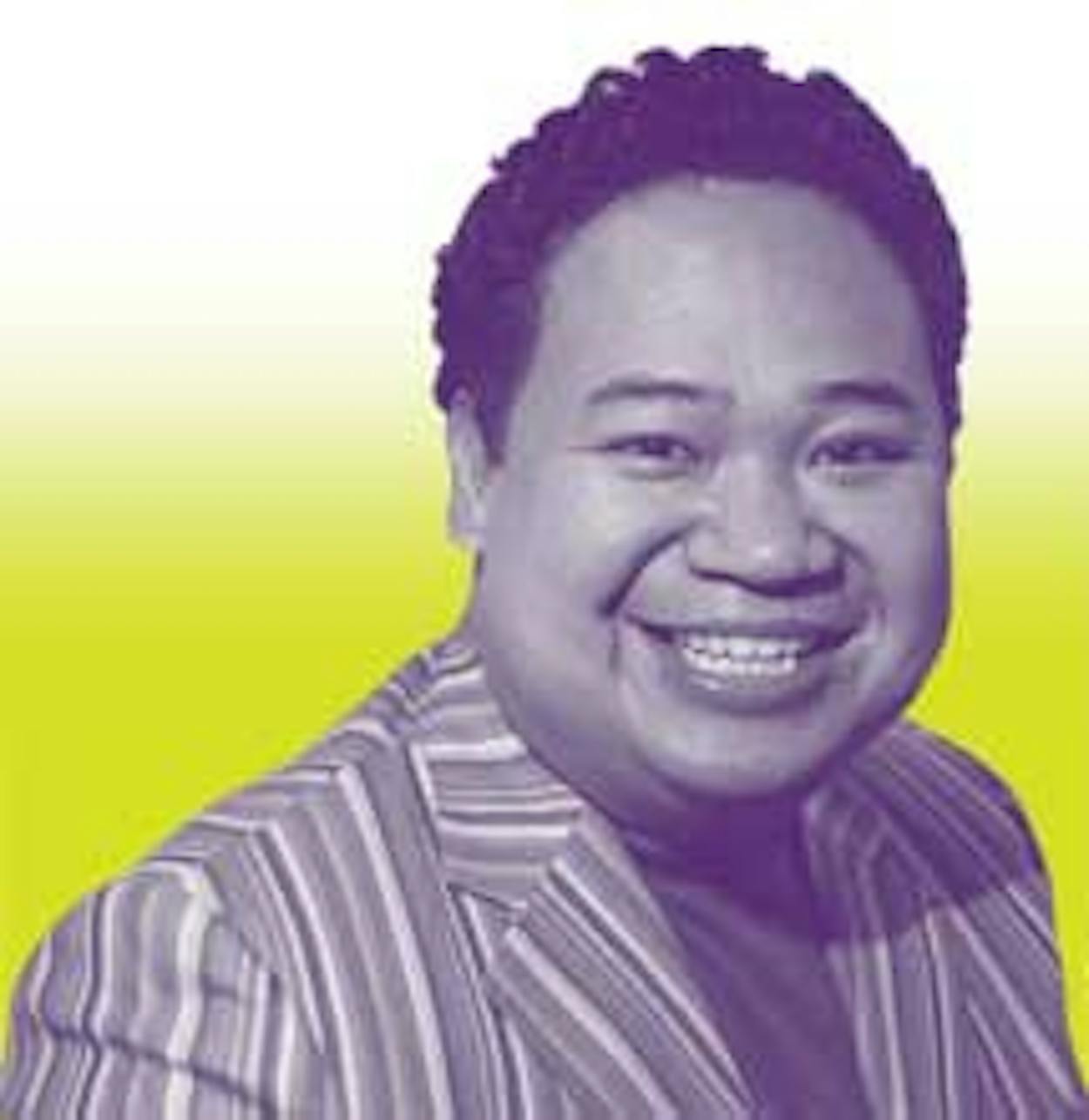His LFT is a BFD—those f’s are for “fashion”—and therefore he is too. Following a hugely successful maiden foray into upscale retail with Octane and Premium93, both going strong as storefronts in the West Village neighborhood of Dallas, Varona opened Lifestyle Fashion Terminal last March at Victory Park, northwest of downtown, as a massive open space where the hip and happening can browse the latest fare from hundreds of “resident brands,” some established (Z Zegna, Paul Smith) and some new and edgy (Chip & Pepper, Vena Cava), that were chosen because they reflect the “depth of character” of the “real people” behind them, according to the LFT Web site; the 30,000-square-foot “merchant marketplace,” the master-planned development’s centerpiece, has thirteen entrances, each created in collaboration with a different designer. The Victoria native, who sold suits at Dillard’s as a high schooler and studied psychology at the University of Houston, believes the traditional retail model is broken (“It puts products before people”), so he’s reinvented it in the oh-so- twenty-first-century spirit of community, with “connections,” rather than “transactions,” as the grease between the gears. Touchy-feely, sure, but what do you expect from someone whose last real job was in human resources at Southwest Airlines, the ultimate people-first company?
A Web Exclusive Interview
What motivated you to reconceptualize shopping and the presentation of goods in a store?
Customers were the primary motivation. Although it has seen incredible improvements, the retail store in general has remained unchanged for close to two hundred years. The longevity of the department store is a testament to the strength of the original model. Great merchants like Stanley Marcus absolutely pushed the original model to its most successful limits, leaving little left to accomplish. What I see is a growing apathy among consumers. Today’s newest luxury consumer desires an experience to call their own, not something borrowed from their parents.
For people not familiar with the set-up of your store, how have you turned shopping into a more “intimate” experience?
First we hired a group of real people that care about the customers they work with. We then designed a series of eight hundred square foot street front shops, each dedicated to a branded designer or service provider, with their own entrance on the street. A customer has the ability to enter the shop of their choice—no longer forced to a general entrance then onto the oval race track passing through fragrances, cosmetics, women’s shoes, and so on.
How agreeable were designers to working with you to design the thirteen unique entrances to the Lifestyle Fashion Terminal?
Very. When visiting designers, I have the privilege of seeing products in their natural environment the way they were intended to be displayed. Rarely is that pure access to the brand available to the end consumer. Typically a store will cherry pick products and then merchandize them as they see fit. The result is a truncated view of the designers’ original work now in an environment chock-full of ancillary retail noise. We simply went to the designers and said here is your space what would you like to do with it.







